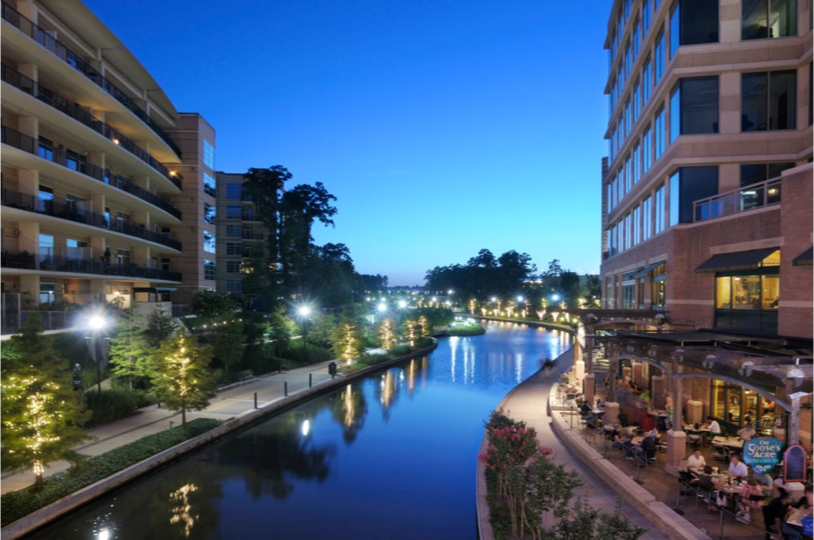How To Build A New Town
We've been trying to build better suburbs for 150 years -- with decidedly mixed success. Here are five lessons we've learned that will help get the job done better.
The other day I wrote about what we can learn from the century-old “new town” of Venice, Florida, near Sarasota, which was built according to a revered town plan from the legendary planner John Nolen.
Coincidentally, yesterday over on City of Yes, the estimable Ryan Puzcyki published an interview with Gabe Metcalf, the planning director for California Forever, the highly controversial proposed new own that would be located on the outskirts of the Bay Area.
I’m very grateful that you are enjoying this free post from The Future Of Where. We stay in business thanks to our paying subscribers, so please think about becoming one so that we can keep these posts going.
And it got me thinking about the role new towns – that is, carefully planned communities in greenfield locations -- might assume as the “future of where” plays out in suburbs and exurbs across the country as the pandemic fades into the rearview mirror.
Like California Forever, this is not an uncontroversial topic among urban planners. The planning world generally has a bias in favor of infill development and against greenfield development; in fact, California’s entire policy regime is based on the assumption that all new growth and development can be accommodated by infill development.
Infill is a critical piece for many reasons: reducing greenhouse gas emissions, creating better urbanism, helping cities to a more sustainable fiscal situation. But infill alone probably isn’t going to accommodate future population and economic growth in California or throughout the United States. (Gabe himself has made a wild-ass guess that, even with the infill policy preference, half of all new development in California is in greenfield locations).
Building Suburbs Right
So if we are going to build new communities on the outskirts, then maybe we need to come to terms with how to do it right.
This is nothing new of course. Planners and designers have been theorizing about how to “build a better suburb” ever since suburbs were first invented after the Civil War. As any planning student can tell you, we’ve been through Ebenezer Howard’s “garden city’; John Nolen’s plans for Venice, Florida, and Mariemont, Ohio; Clarence Stein’s federal Greenbelt towns; 1960s new towns such as Irvine, Reston, Columbia and The Woodlands; the New Urbanists; master-planned suburbs such as Summerlin outside Las Vegas; and on and on.
The Woodlands Town Center outside of Houston
I’ve been thinking about new towns for a long time. In fact, my very first magazine article ever – so long ago it’s not online – was a piece for Planning magazine about Radisson, a New York State new town near Syracuse, where as I recall it was possible to bicycle from your home through the forested park-like setting to your job at the Anheuser Busch Brewery that anchors the community. I’ve seen now only two or three generations of new towns but I’ve also seen how they evolve. And so here are five lessons I’ve learned over the years about to make new towns work.


